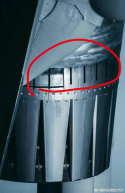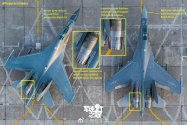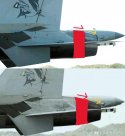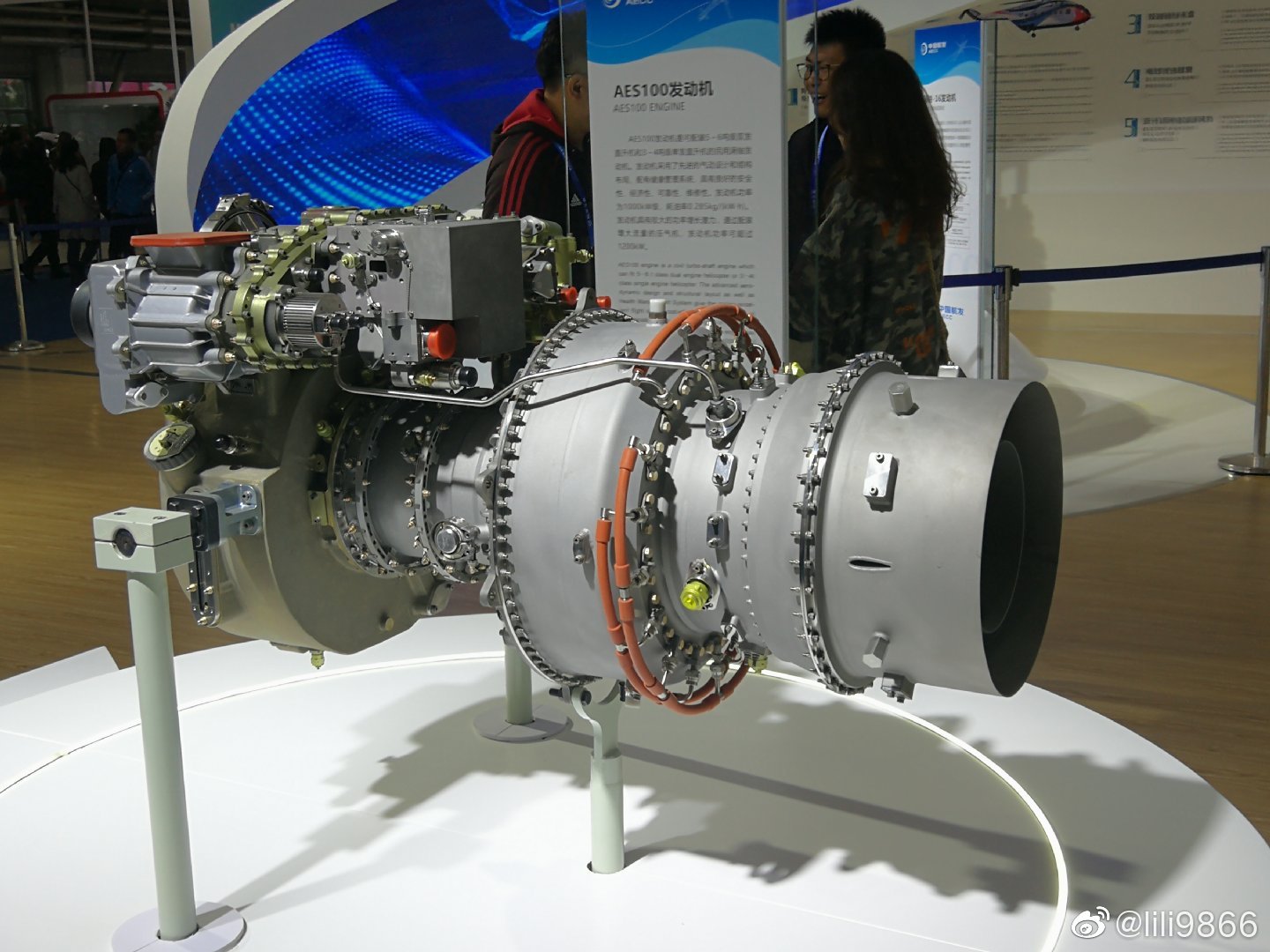The most surefire way to determine whether or not the engine is a part of the Taihang (WS-10) family is by observing the nozzle closely. Not by the length of the turkey feathers (exhaust petals), but by the presence of small “slits” just a tad bit before the petals:




As far as I know, as of right now this feature is exclusive to the WS-10 family and are not present on AL-31. The slits are for cold air to seep in as a sheath for the outer layer of the hot exhaust gas to reduce its IR signature. Known variants of the WS-10 family are:
WS-10A (fig. 1): Equipped on J-11B/J-11BS/some J-16 batches. Max thrust of around 132 kN and comparable to the F110-GE-129. Notable features: relatively short exhaust petals.
WS-10B (fig. 2): Equipped only on J-10s. The engine gearbox is located on the underside of the engine, therefore not compatible with any Sino-Flankers. Notable features: relatively short exhaust petals similar to the WS-10A, different gearbox location.
WS-10C (fig. 4): Equipped only on J-20s.
WS-10D (fig. 3): Equipped on J-11B/BS/BG/some J-16 batches/all J-16Ds. Max thrust of around 144 kN and comparable to the F110-GE-132. Notable features: relatively long exhaust petals (almost approaching the length of AL-31Fs but still appear shorter due to the section before the petals are longer and narrower in the AL-31, see fig. 1. The actual petal lengths of both engines are quite similar).
Naval WS-10 (unsure if the designation is actually H): Rumors differ. Some say it's the WS-10A with modifications to withstand the environments on a carrier with thrust increase, some say it's a WS-10D adapted to naval operations.













